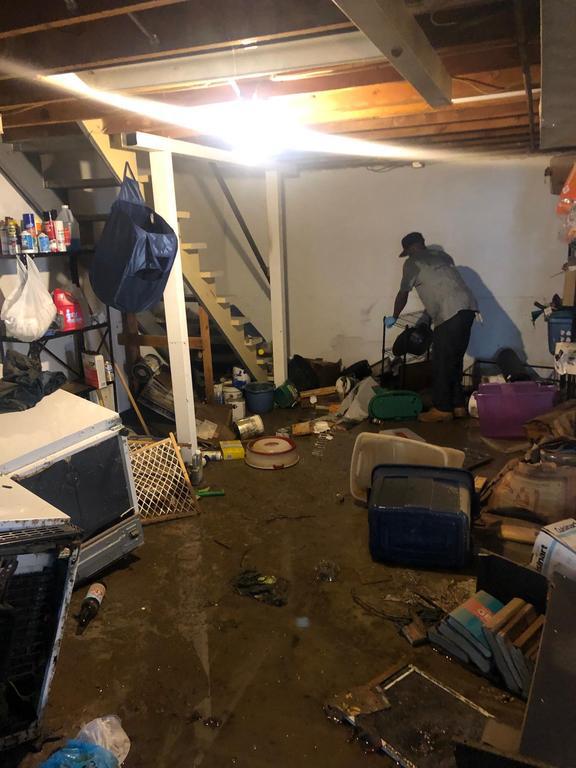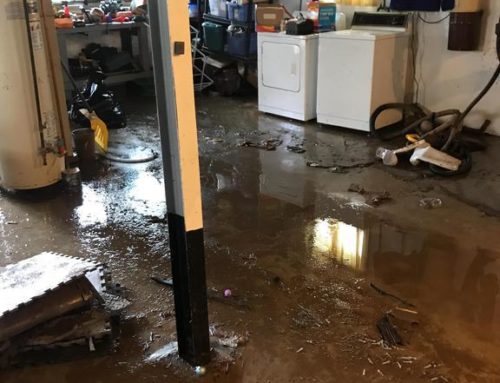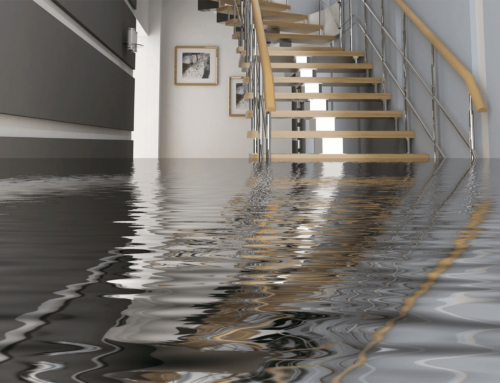So, your home or commercial property has been flooded. You’ve gone through the initial process of removing the water and drying out the affected areas. Now you’re left with possessions that were damaged by the flooding incident. It’s time to take steps to rebuild or replace them in order to restore your property to its previous state.
The restoration process takes the most time to complete after a water intrusion event. Many companies who do water damage cleanup don’t offer complete restoration services afterward. You are responsible for hiring other companies or doing it yourself. PureOne Services of St. Louis does it all. From the first call to us, we’ll promptly clean up the water, then work with you to repair or dispose of items damaged as a result of the flooding.
Restore or Replace?
The decision on whether to restore damaged items or to dispose of them depends on a

few factors.
- Type of Water
The source of the water that caused the damage is the most important criteria when deciding whether items can be salvaged. There are basically three classifications of water damage: clean water (category 1), gray water (category 2), and black water (category 3).
- Clean water does not contain any harmful properties that pose immediate health risks. Its sources include broken water lines, malfunctioning appliances, rainwater and melted snow. However, if not completely remediated within 48 hours, clean water can turn into gray water, especially if it is on surfaces.
- Gray water may pose a health risk from chemical or biological contaminants. Sources of flood water can include overflows from sinks, showers, aquariums, waterbeds, dishwashers and washing machines. Again, when it comes in contact with building surfaces, it can become black water within 48 hours.
- Black water is the most serious and dangerous category of flood waters. This type of water contains soil and raw sewage, which is contaminated with harmful bacteria, molds, fungi, and viruses. The most common source for black water is from a toilet that has overflowed and includes human waste. It can also come from a sewer backup or sump pump malfunction.
Extended exposure to the harmful microbes contained in black water can cause diseases like cholera, typhoid, hepatitis, and other gastrointestinal illnesses. Unless proper precautions are taken, contact with surfaces and items can trigger allergies from inhaling the air particles.
Furnishings and stationary items like carpets, flooring, and drywall affected with clean or gray water may be salvageable if caught in time. If black water is involved, the items will most likely require complete disposal.
- Mold and Mildew
If materials like drywall and furniture have mold growing on them, you need to determine the extent of it. For small mold issues, you can cut out the affected area and dispose of it properly, then repair the item. If the mold is too widespread, the items may be unsalvageable.
Keep in mind that mold isn’t always visible. It can be growing behind walls and beneath floors, so we strongly advise hiring a professional to investigate.
PureOne Services of St. Louis has the equipment to test for mold growth. If we find it growing, we will provide you with an estimate and recommendations for remediating it and repairing damages it caused. Keep in mind that mold can impact the health of those occupying the building, so prompt attention is needed.
- Types of Materials
Repairing water-damaged items also depends on what they are made of. Damaged clothing can usually be washed or dry cleaned, although if black water is involved, you may want to discard them. The same is true for drapes, curtains, and throw rugs. Hard surfaces can also be wiped clean if mold hasn’t negatively affected them.
Porous materials that have been water-saturated are typically beyond repair. Items like carpeting, insulation, upholstery, and other similar items may be permanently damaged through shrinking, warping, and mold infestation. Wood is also a porous material, so any wood furniture may be damaged beyond repair.
If water and mold has invaded behind drywall, inside ceilings, or under floors, they will need to be torn out and replaced.
Trust the Local Water Damage Restoration Experts
If you’re unfortunate enough to have experienced water damage to your home or commercial property, immediate action is needed. Unattended water leakage and flooding can quickly damage items and mold will start to grow within 48 hours or less.
Call PureOne Services of St. Louis to take care of water cleanup, mold remediation, and water damage repairs. We can repair or replace flooring, carpeting, drywall, insulation, ceilings, and other damaged items. We’ll remove any non-salvageable items and dispose of them properly. We’ll even help you with your insurance claims.
If you’ve experienced water damage and need help, call PureOne Services of St. Louis. We’ll clean up and restore your property so you can have peace of mind knowing it’s safe and sound once again.


